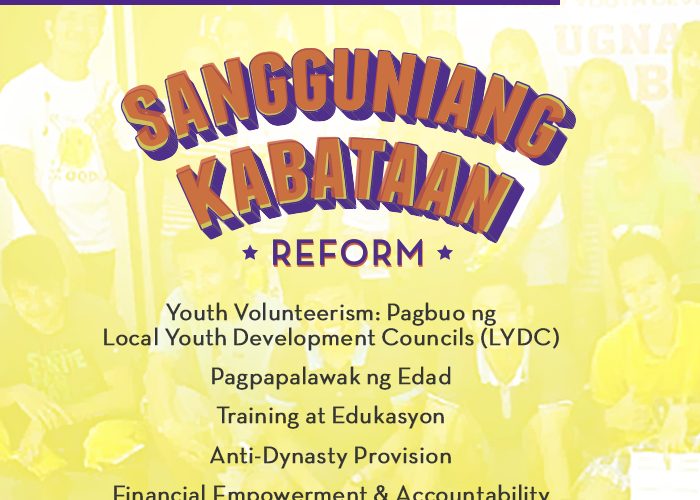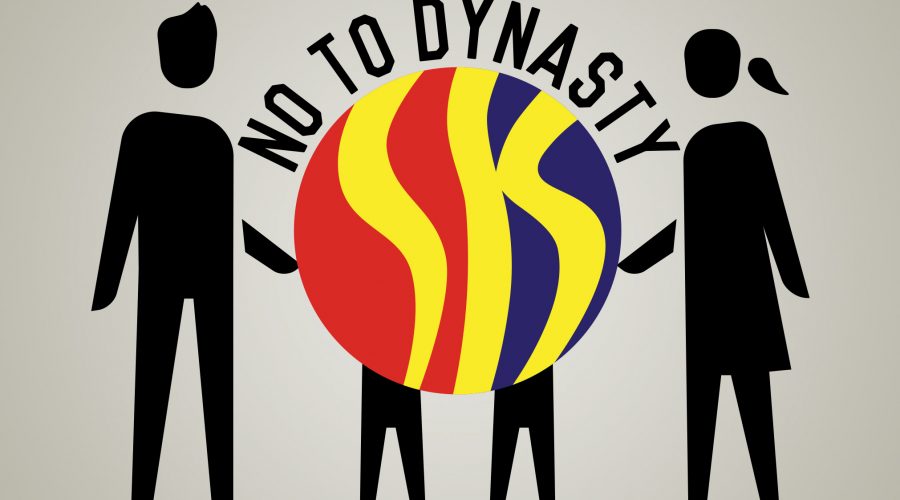Senate Bill No. 686: Youth Participation in Disaster Risk Reduction and Management Act
Our beloved country is one of the most vulnerable nations to the threat of climate change.
In the past years, the Philippines has experienced a consistent battery of alarming natural calamities. In 2013, Typhoon Yolanda or Haiyan, the deadliest typhoon in our history, affected over 14 million people and took over 6,000 lives.
While the Philippines has been on the receiving end of countless disasters, our resilience and spirit of volunteerism has become a source of comfort and inspiration.
In trying times, the youth sector serves as a beacon of hope and catalyst of action. Schools become depositories of donations and efficient centers for packing and deployment of relief goods, never running out of willing volunteers.
Others are volunteer firefighters, first responders and peacekeepers in their respective localities, like the Rescue Assistance Peacekeeping Intelligence Detail‘(RAPID) of Cebu City and the Ormoc City-based Hayag Youth Organization.
RAPID has vast experience in relief and rescue operation. They were one of the first responders in Tacloban City after the onslaught of Typhoon Yolanda. They also helped rescue passengers of a passenger vessel that collided with a cargo ship in Cebu in August 2013.
Hayag, for its part, has been teaching swimming, disaster preparedness, first aid and open water safety training to youth. They have successfully taught their members when no one among them had a major accident when Typhoon Yolanda hit Ormoc City.
With impending disasters in the country’s future, it is important to move from post-disaster relief to proactive disaster preparedness. And as the nation moves in this direction, it is important to include young Filipinos in this evolving discussion.
The Responsive, Empowered and Service-Centric Youth (RESCYouth) Act proposes to include the Filipino youth in the nation’s disaster risk reduction policy body to recognize their role in DRRM and empower them with information and skills to help communities in times of crisis.
The measure seeks to have the National Youth Commission (NYC) Chairman be included in the National Disaster Risk Reduction and Management Council (NDRRMC) to voice out the concerns and proposals of the Filipino youth on disaster prevention, promotion, education, rescue, and rehabilitation, among others.
There is nothing to lose, but so much to gain from engaging the youth in our quest to build a Philippines that is capable of efficiently responding to natural calamities and able to reduce its negative impact on society.
In view of the foregoing, the approval of this bill is earnestly sought.


Recent Comments